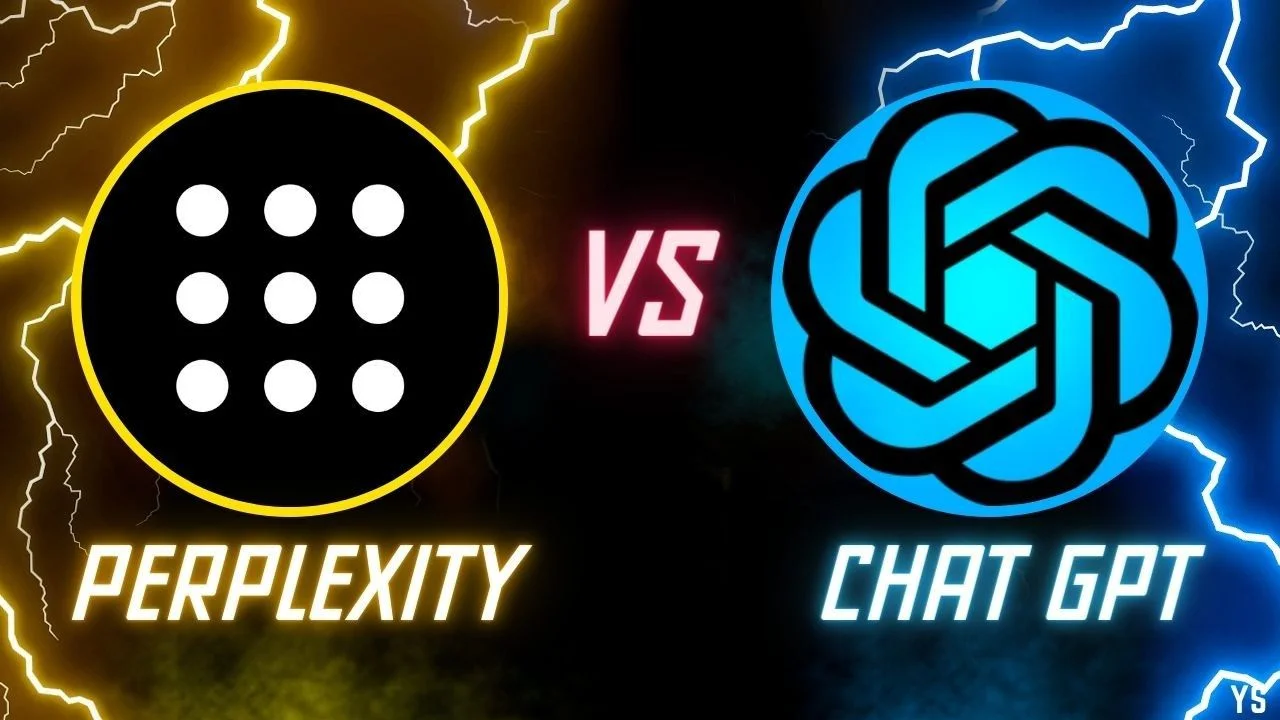Enhance your coding experience with the free versions of ChatGPT and Perplexity AI, designed to provide accurate insights and spark creative solutions. Choose the right tool for your needs and elevate your programming skills today!

When it comes to coding, finding the right AI tool can make a world of difference. Today, we’re diving into the free versions of ChatGPT and Perplexity AI to see how they stack up against each other for real-world coding tasks.
ChatGPT, developed by OpenAI, is known for its conversational abilities. It excels in generating text across various domains, making it a versatile choice for many users. However, its free version primarily uses the GPT-3.5 model, which can sometimes leave users wanting for more updated information.
For example, if you ask ChatGPT about the latest JavaScript frameworks, it might give you valuable insights, but its information could be outdated.
On the flip side, we have Perplexity AI. This tool is designed with a focus on accuracy and delivering sourced information. Its free version pulls data from live web sources, making it particularly useful for research-oriented tasks and current programming challenges.
Imagine you need to know the latest features in Python 3.10. Perplexity can quickly provide you with the most current information, complete with links to sources for further reading.
One of the standout features of Perplexity AI is its accuracy. By tapping into live web data, it provides precise answers that are well-cited. This is crucial for anyone tackling complex coding problems where every detail matters.
Pointer: If you’re working on a coding project that requires specific libraries or functions, using Perplexity AI can save you time by directing you to the most reliable resources.
For instance, if you ask Perplexity how to use a specific library in Python, it might give you direct links to the official documentation and examples of how to implement it.
In contrast, ChatGPT offers a creative touch but may struggle with factual precision. While it can generate engaging code snippets, its responses can sometimes veer off course.
Example: When asked about the latest features in React, ChatGPT might provide an overview but could mix up some details, especially if the information isn’t from its training set.
When it comes to user experience, Perplexity AI shines with its straightforward interface. Users can easily see where the information is coming from, which enhances trust in the responses.
Pointer: This feature is particularly beneficial for developers needing reliable references while coding.
For example, if you need to cite a source for your code, Perplexity can provide that source directly in its response. This transparency helps you verify the accuracy of the information quickly.
On the other hand, ChatGPT excels in generating human-like interactions. It can handle a wider range of topics, making it a fun tool for brainstorming or casual discussions about programming concepts.
Example: If you’re exploring different programming paradigms, you can engage ChatGPT in a dialogue that feels more like a conversation than a simple query.
However, in the realm of technical accuracy, it might fall short compared to Perplexity AI.
When you need quick facts or detailed explanations about specific coding languages, Perplexity AI delivers concise answers backed by multiple sources.
Pointer: This feature is especially useful for beginners who may not know where to start when learning a new programming language.
For instance, if you ask about the differences between Python and Java, Perplexity will provide a side-by-side comparison, complete with examples, that helps clarify the distinctions.
In contrast, ChatGPT, while capable of producing useful code snippets and explanations, doesn’t always reference its sources. This can make it challenging to verify information or understand the context behind certain coding practices.
Example: You might get a great code snippet for sorting an array, but without the context or source, it could lead to misunderstandings in implementation.
Perplexity AI: Great for tasks requiring up-to-date, factual information. If you’re working on a project that needs accurate data—like fetching the latest version of a library—this tool will provide you with reliable citations.
ChatGPT: Perfect for brainstorming sessions or when you need creative solutions. If you’re stuck on a problem, you can ask ChatGPT for different approaches to solving it, making it ideal for ideation.
So, which tool should you pick for your coding tasks?
If you need accurate, up-to-date information with clear citations—especially for technical programming queries—Perplexity AI’s free version is a strong contender. It offers reliable answers that are essential for serious coding work.
Conversely, if you’re looking for a more versatile tool that can assist with creative writing or casual conversations about programming, ChatGPT’s free version might be more appealing.
Ultimately, your choice between these two tools depends on your specific needs as a developer. For rigorous coding tasks requiring high accuracy and reliability, go with Perplexity AI. For a broader range of interactions and creative support, ChatGPT is your best bet.
In the rapidly evolving world of programming, having the right tools can significantly enhance your productivity and learning. Whether you choose Perplexity AI for its precision or ChatGPT for its conversational charm, you can’t go wrong with either option.
Subscribe and get 3 of our most templates and see the difference they make in your productivity.
Includes: Task Manager, Goal Tracker & AI Prompt Starter Pack
We respect your privacy. No spam, unsubscribe anytime.

AI tool that improves writing with smart paraphrasing, grammar checks & image generation.

Build full-stack, production-ready software using plain-language prompts—no coding needed.

AI tool organizes your inbox by automatically sorting emails and reducing clutter.